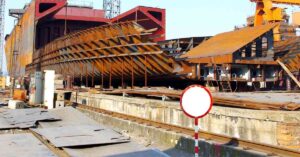

On the night between 21 and 22 December 2016, the Danish offshore supply ships MÆRSK SEARCHER and MÆRSK SHIPPER capsized and sank in the Bay of Biscay approximately 65 nm off the French coast while being towed by another offshore supply ship, MÆRSK BATTLER, en route to Aliaga, Turkey.
MÆRSK SEARCHER and MÆRSK SHIPPER were configured in a side-by-side towing setup during the voyage. During the passage of the English Channel, the fenders between the ships on tow failed, and the ships started to interact. This caused damage to the ships’ superstructure, which eventually compromised MÆRSK SEARCHER’s watertight integrity and led to water ingress. MÆRSK SEARCHER capsized and sank, and subsequently MÆRSK SHIPPER was pulled under by MÆRSK SEARCHER. The crew on MÆRSK BATTLER carried out a controlled breakage of the towing wire and came loose of the foundered towage.
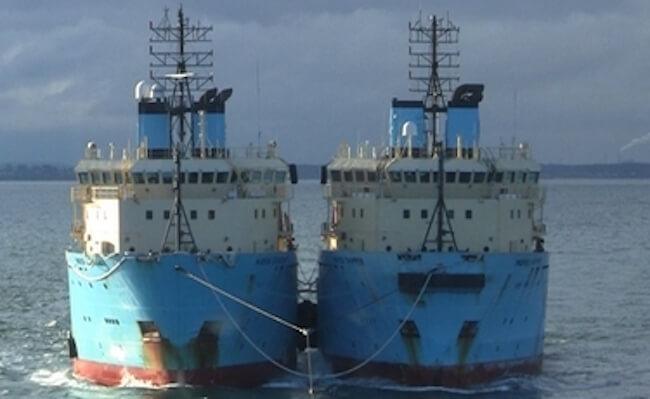

The DMAIB considered the total loss of the ships is considered a serious accident of special concern to the potential risk of harm to the marine environment. Therefore, the DMAIB in agreement with the French authorities initiated an investigation of the accident to establish the circumstances leading to the foundering of MÆRSK SEARCHER and MÆRSK SHIPPER.
The DMAIB regards the foundering of MÆRSK SEARCHER and MÆRSK SHIPPER as a systemic accident. This means that local and technical circumstances unfolding on board MÆRSK BATTLER during the voyage cannot be isolated from the preceding organisational events and circumstances taking place months earlier. Thus, the investigation of the foundering of MÆRSK SEARCHER and MÆRSK SHIPPER is two-fold. It focuses on the technical circumstances leading to the foundering of the two ships and on the organisational circumstances facilitating these technical circumstances.
It is concluded in the report that the loss of fenders, collision and flooding of the unmanned ships under tow had been addressed in the risk assessment carried out, and that risk mitigating initiatives were in place for each risk item. However, these initiatives were ineffective. The DMAIB concludes that the risk mitigating strategies were mainly focused on preventing risk factors in isolation and left little or no contingency for acute interaction between the risk factors.
Reference: dmaib.com
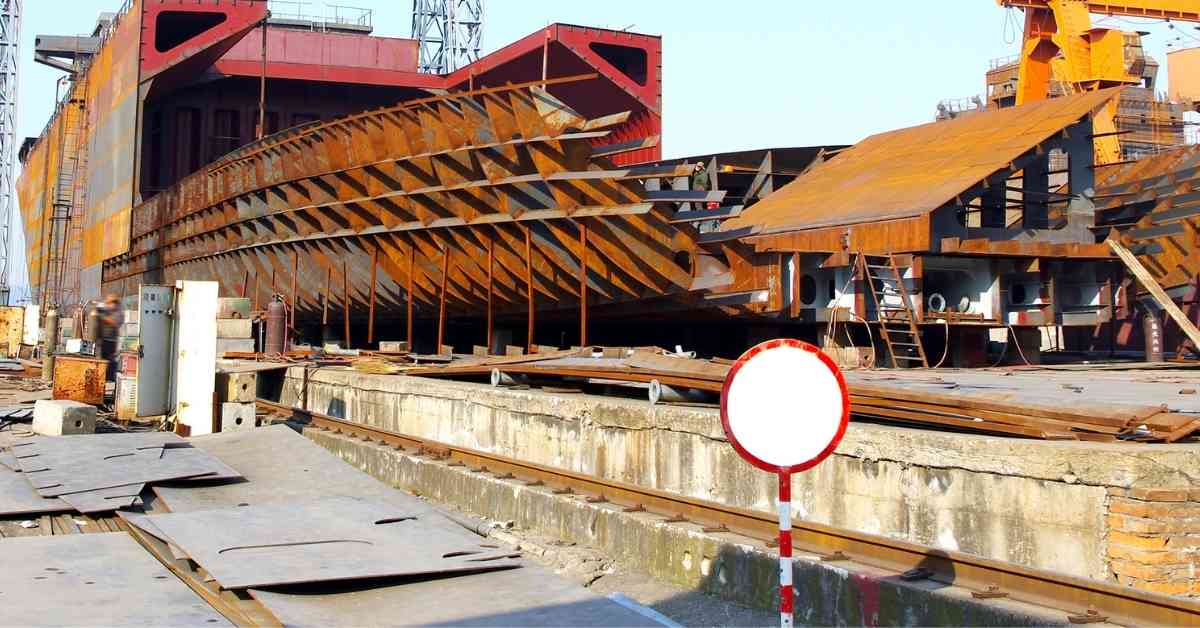

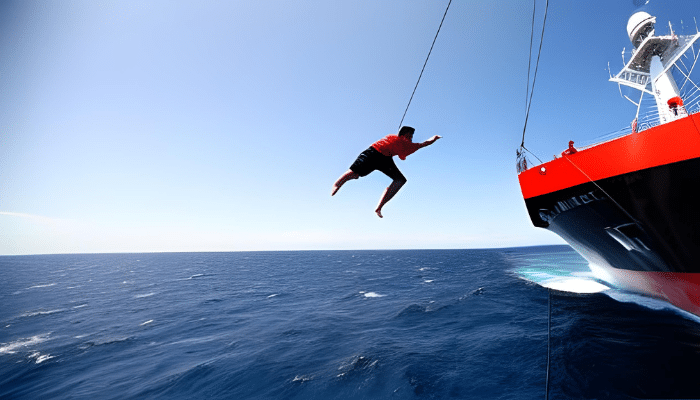

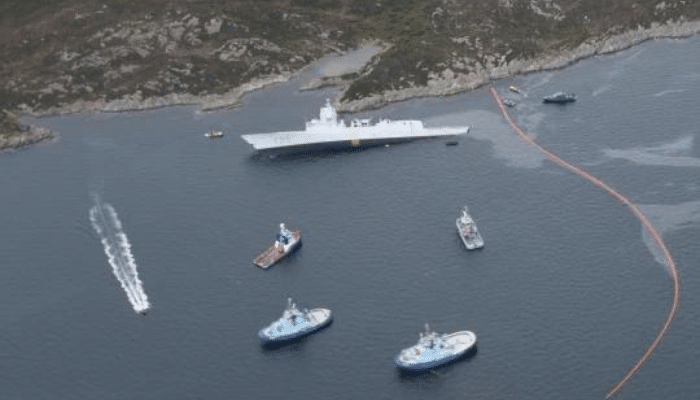

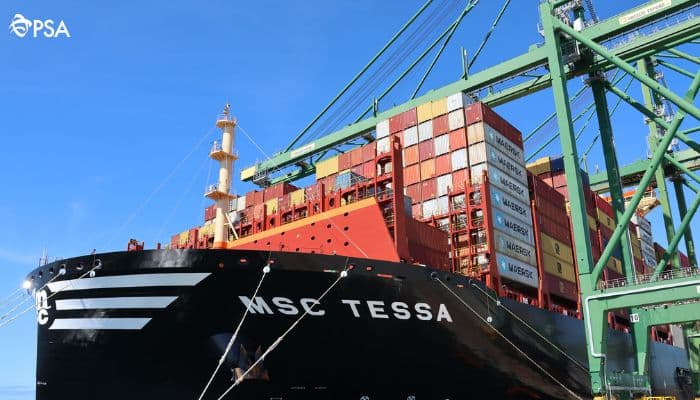



We believe that knowledge is power, and we’re committed to empowering our readers with the information and resources they need to succeed in the merchant navy industry.
Whether you’re looking for advice on career planning, news and analysis, or just want to connect with other aspiring merchant navy applicants, The Marine Learners is the place to be.